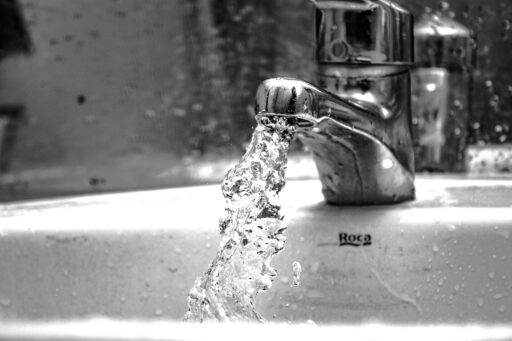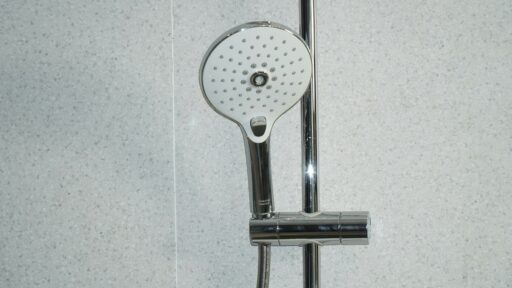
As climate change continues to cause disruption, the United Kingdom is becoming increasingly vulnerable to the devastating effects of flooding. With over 5.2 million homes and properties in England alone at risk from flooding and coastal erosion, it’s crucial for homeowners to take proactive measures to safeguard their properties.
Assessing Your Flood Risk
The first step in protecting your home is to determine if it’s located in a flood-prone area. The Gov.uk website offers a useful tool where you can enter your postcode to access flood risk maps. Additionally, the Environment Agency’s Floodline service allows you to sign up for flood warnings in your local area, ensuring you’re always prepared for potential emergencies.
Protecting Your Home
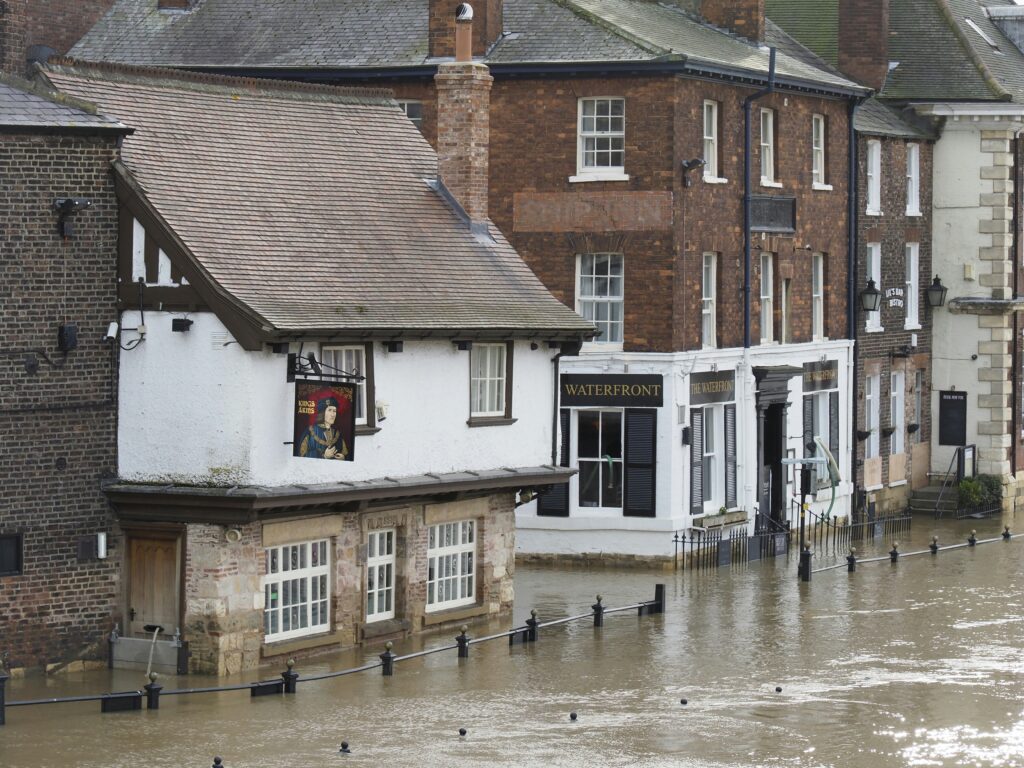
When it comes to shielding your home from flooding, there are two primary approaches: flood resistance and flood resilience measures.
Flood Resistance Measures
These measures aim to prevent water from entering your home altogether:
- Install flood barriers or flood gates on doors and windows.
- Fit air brick covers or automatic air brick covers to prevent water seepage.
- Install non-return valves on toilets, sinks, and drainage pipes to prevent backflow.
- Consider a pump and sump system to drain water from below floor level faster than it rises.
Flood Resilience Measures
Even if water does manage to enter your home, these measures can minimise the damage:
- Use ceramic tiles, stone, or solid wood flooring instead of laminate or chipboard.
- Raise electrical sockets to at least 1.5m above floor level.
- Install flood-resilient kitchen units that are raised on legs or free-standing.
- Replace wooden window frames with UPVC.
Additional Preparedness Tips
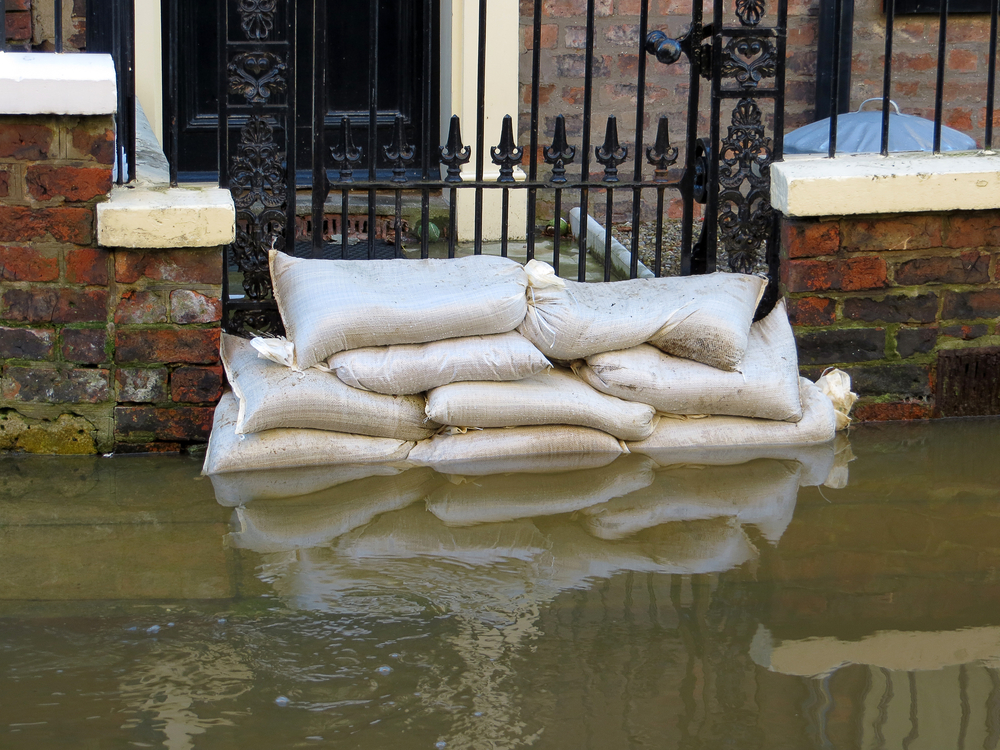
- Move valuables and important items to higher levels or upstairs.
- Prepare an emergency kit with essential items.
- Make a flood plan and identify evacuation routes and safe places to move belongings.
- Maintain walls, seal gaps around pipes, and clear gutters and drains regularly.
- Consider flood resilience measures like flood-resistant doors when repairing after a flood.
- Ensure you have adequate buildings and contents insurance coverage for flood damage.
What to Do During a Flood
If a flood warning is issued, prioritise the safety of you and your family. If it’s safe to do so, implement your flood plan and take the following actions:
- Move your car to higher ground if possible.
- Cover any water entry points with thick plastic sheeting or specialist covers.
- Deploy any removable flood barriers or gates you have installed.
- Follow instructions from emergency services and evacuate if advised.
The Importance of Pumps
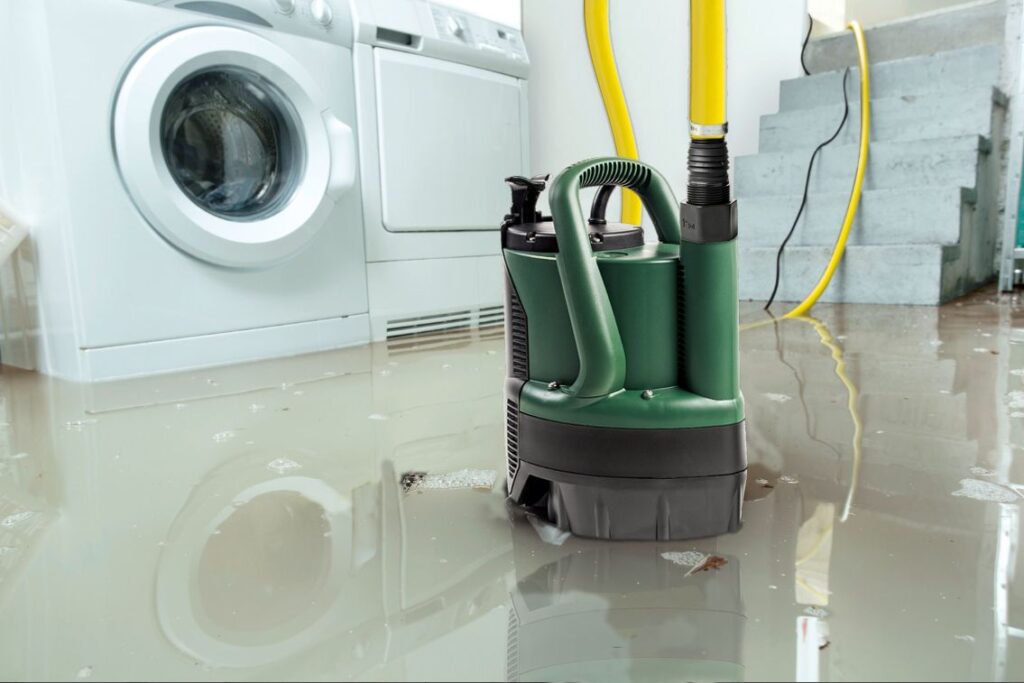
When it comes to protecting your home from flooding, having the right pump can make a significant difference. Here are the types of pumps you should consider having on hand in case of a flood:
Submersible Pumps
- Sump Pumps: Installed in a sump pit or basin below the basement floor, these pumps are excellent for removing groundwater seepage and can be equipped with automatic float switches.
- Puddle Pumps: Designed to pump water down to very low levels, these portable pumps are ideal for removing water from flat surfaces or accumulated areas.
Engine-Driven Pumps
- Trash Pumps: These engine-driven pumps are designed to handle water containing debris, making them suitable for pumping out flood water that may contain mud, leaves, or other materials.
Our Best Sellers

|  | 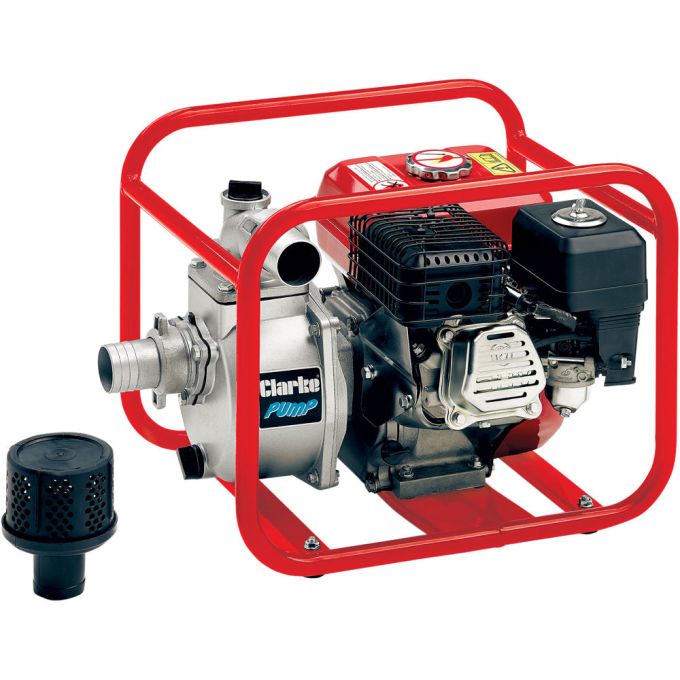 |
Preparedness Tips
- Have at least one submersible pump (sump or puddle pump) and an engine-driven pump on hand for emergencies.
- Ensure you have enough hoses and fittings to route the discharge water away from your home’s foundation.
- Test and maintain your pumps regularly to ensure they are in working order when needed.
- Consider a backup power source, such as a generator, to power electric pumps during power outages.
After a Flood
- Contact your insurance company and follow their advice.
- Check with emergency services that it’s safe to return home.
- Have your home inspected by utility companies before turning utilities back on.
- Consider installing flood resilience measures during repairs if your insurer is part of the Flood Re Build Back Better scheme.
By taking proactive steps to assess your flood risk, implementing resistance and resilience measures, and having a flood plan in place, you can significantly reduce the potential damage and disruption caused by flooding to your home in the UK.

